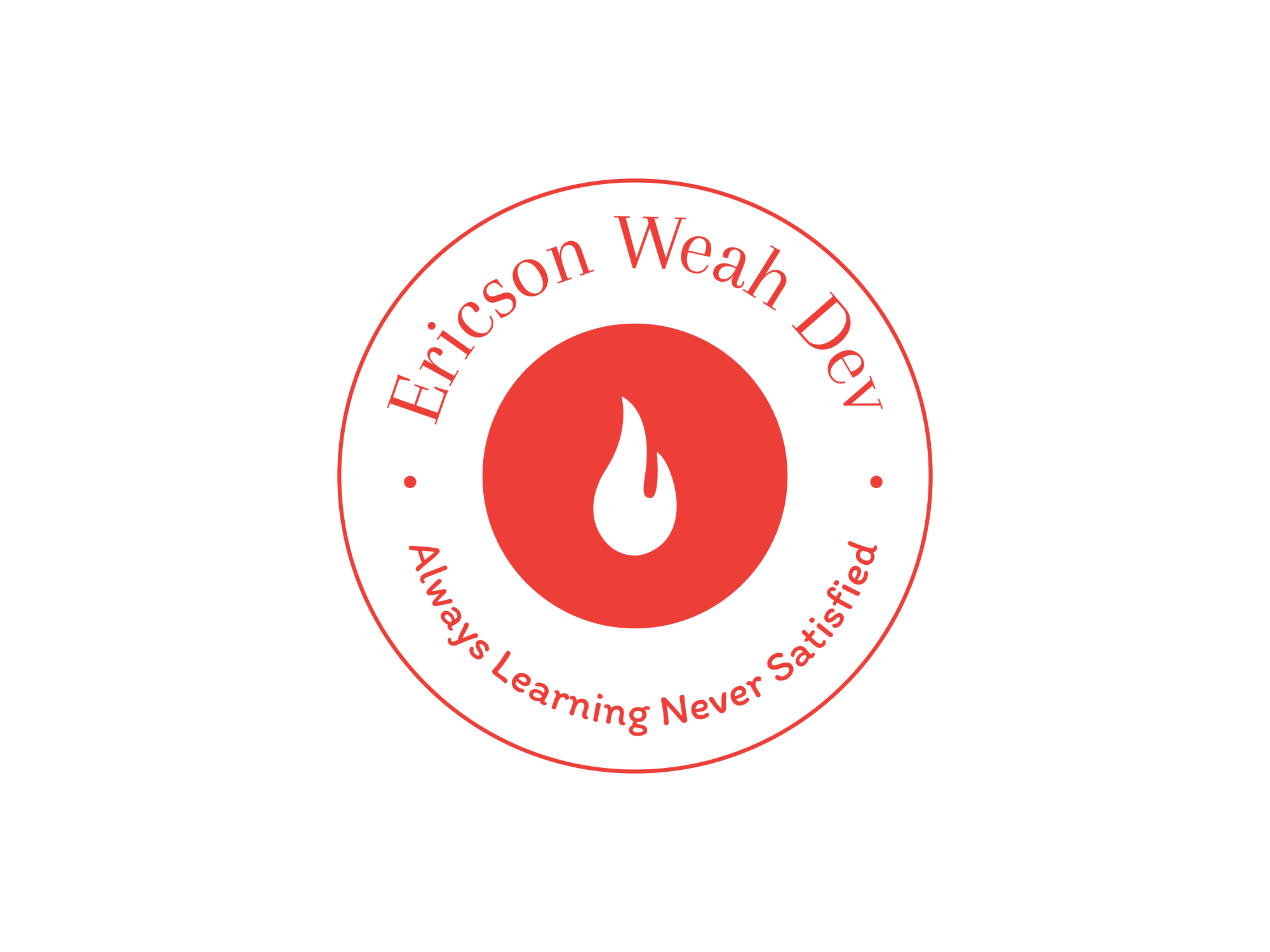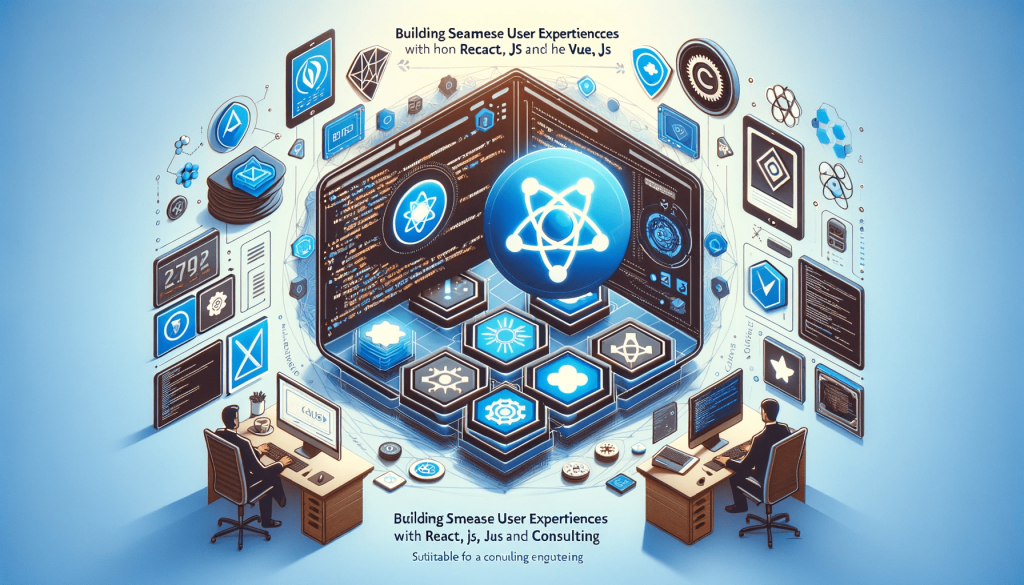Agile Development: Delivering Results in Rapid Cycles

In today’s fast-paced software industry, the ability to adapt quickly and deliver high-quality products is paramount. Agile development has emerged as a powerful methodology that enables teams to respond to changes efficiently while maintaining a focus on delivering value to customers. This blog post will explore the core aspects of Agile development, its benefits, challenges, and practical tips for successful implementation.
Introduction
The software development landscape is constantly evolving, driven by the need for rapid innovation and customer satisfaction. Agile development, with its iterative and incremental approach, offers a solution to these demands. By breaking projects into smaller, manageable cycles known as sprints, Agile teams can deliver functional products faster and adapt to changes more effectively. This post delves into the Agile methodology, its processes, frameworks, and benefits, providing a comprehensive guide for teams looking to embrace this dynamic approach.
Overview of Agile Methodology
Agile development is grounded in four core values and twelve principles, as outlined in the Agile Manifesto. These values prioritize individuals and interactions, working software, customer collaboration, and responding to change over rigid processes and plans.
Core Values
- Individuals and Interactions over Processes and Tools: Emphasizing the importance of effective communication and collaboration within the team.
- Working Software over Comprehensive Documentation: Focusing on delivering functional software that meets user needs.
- Customer Collaboration over Contract Negotiation: Engaging customers throughout the development process to ensure the product aligns with their requirements.
- Responding to Change over Following a Plan: Adapting to changes and evolving requirements even late in the development cycle.
Principles
Agile principles promote sustainable development, technical excellence, and continuous improvement. Key principles include delivering working software frequently, maintaining a constant pace, and seeking customer feedback regularly.
Agile Development Process
The Agile process is structured around short, iterative cycles called sprints, typically lasting two to four weeks. Each sprint involves several key activities:
Sprint Planning
Sprint planning sets the stage for a successful cycle. During this meeting, the team defines the sprint goals, identifies deliverables, and estimates tasks. The product owner prioritizes the backlog, and the team commits to a set of user stories they can realistically complete within the sprint.
Daily Standups
Daily standups are brief meetings where team members share updates on their progress, discuss any challenges, and outline their plans for the day. These meetings foster transparency and enable quick resolution of issues, keeping the sprint on track.
Sprint Reviews
At the end of each sprint, the team conducts a sprint review to demonstrate the completed work to stakeholders. This meeting provides an opportunity to gather feedback, ensuring the product aligns with customer expectations and identifying any necessary adjustments.
Sprint Retrospectives
Sprint retrospectives are held after the sprint review to reflect on the process. The team discusses what went well, what could be improved, and how to enhance their workflow in the next sprint. This practice promotes continuous improvement and helps the team refine their Agile practices.
Comparison of Agile Frameworks
Agile encompasses various frameworks, each with unique features and use cases. Three popular frameworks are Scrum, Kanban, and Lean.
Scrum
Scrum is a widely adopted Agile framework that organizes work into sprints and includes roles such as Scrum Master, Product Owner, and Development Team. It emphasizes time-boxed iterations, regular ceremonies, and a strong focus on delivering increments of potentially shippable product.
Kanban
Kanban is a visual framework that uses a board to manage workflow. It focuses on continuous delivery, limiting work in progress, and optimizing flow. Kanban is flexible and can be implemented alongside other methodologies, making it ideal for teams seeking to improve their processes incrementally.
Lean
Lean principles aim to maximize value by minimizing waste. Lean practices focus on optimizing efficiency, improving quality, and delivering value to customers. It emphasizes a culture of continuous improvement and respect for people, making it suitable for organizations seeking long-term sustainability.
Benefits of Agile Development
Agile development offers numerous advantages:
- Increased Flexibility: Agile teams can quickly adapt to changing requirements and priorities, ensuring the product remains relevant.
- Improved Product Quality: Continuous testing and feedback loops enhance the quality of the delivered software.
- Faster Time-to-Market: Iterative development enables teams to release functional increments more frequently, reducing time-to-market.
- Enhanced Team Collaboration: Agile practices foster communication and collaboration, leading to a more cohesive and productive team.
Challenges and Solutions in Implementing Agile
Implementing Agile can present challenges, but these can be mitigated with the right strategies:
- Managing Scope Creep: Define clear sprint goals and maintain a prioritized backlog to manage scope changes effectively.
- Maintaining Stakeholder Engagement: Regular sprint reviews and transparent communication help keep stakeholders informed and engaged.
- Ensuring Continuous Improvement: Conducting retrospectives and fostering a culture of openness and experimentation promote continuous improvement.
Case Studies and Examples
Example 1: E-Commerce Platform
An e-commerce company adopted Agile to accelerate its feature releases and improve user experience. By implementing Scrum, the team was able to deliver new features bi-weekly, respond to customer feedback promptly, and enhance the overall quality of their platform. This resulted in a 25% increase in user satisfaction and a 15% boost in sales.
Example 2: Financial Services Application
A financial services firm transitioned to Agile to enhance its application development process. Utilizing Kanban, the team improved workflow efficiency, reduced bottlenecks, and increased transparency. This led to a 20% reduction in development time and a significant improvement in the application’s stability and performance.
Tips and Best Practices
Adopting Agile requires commitment and a strategic approach. Here are some best practices:
- Start Small: Begin with a pilot project to understand Agile practices and iterate based on learnings.
- Empower Teams: Foster a culture of trust and autonomy, allowing teams to make decisions and innovate.
- Invest in Training: Provide Agile training and resources to ensure everyone understands the methodology and their roles.
- Leverage Tools: Use Agile tools like Jira, Trello, or Asana to manage tasks, track progress, and facilitate collaboration.
Resources for Further Learning
For those looking to deepen their understanding of Agile, consider the following resources:
- Books: “Scrum: The Art of Doing Twice the Work in Half the Time” by Jeff Sutherland, “Kanban: Successful Evolutionary Change for Your Technology Business” by David J. Anderson.
- Courses: Certified ScrumMaster (CSM), Kanban Management Professional (KMP), Agile Project Management courses on platforms like Coursera and Udemy.
- Communities: Join Agile communities and forums such as Agile Alliance, Scrum.org, and local Agile meetups to connect with practitioners and share insights.
Conclusion
Agile development offers a powerful framework for delivering high-quality software in rapid cycles. By embracing Agile principles, methodologies, and practices, teams can enhance their flexibility, collaboration, and product quality. As the software industry continues to evolve, adopting Agile can provide a competitive edge, enabling organizations to meet customer demands and drive innovation. Whether you’re a seasoned professional or new to Agile, this approach can transform your development process and deliver impactful results. Consider implementing Agile in your next project and experience the benefits firsthand.
Agile development is not just a methodology but a mindset that fosters continuous improvement and adaptability. By following the guidelines and best practices outlined in this post, you can successfully navigate the transition to Agile and unlock new levels of efficiency and productivity in your software development endeavors.






 and then
and then
Responses